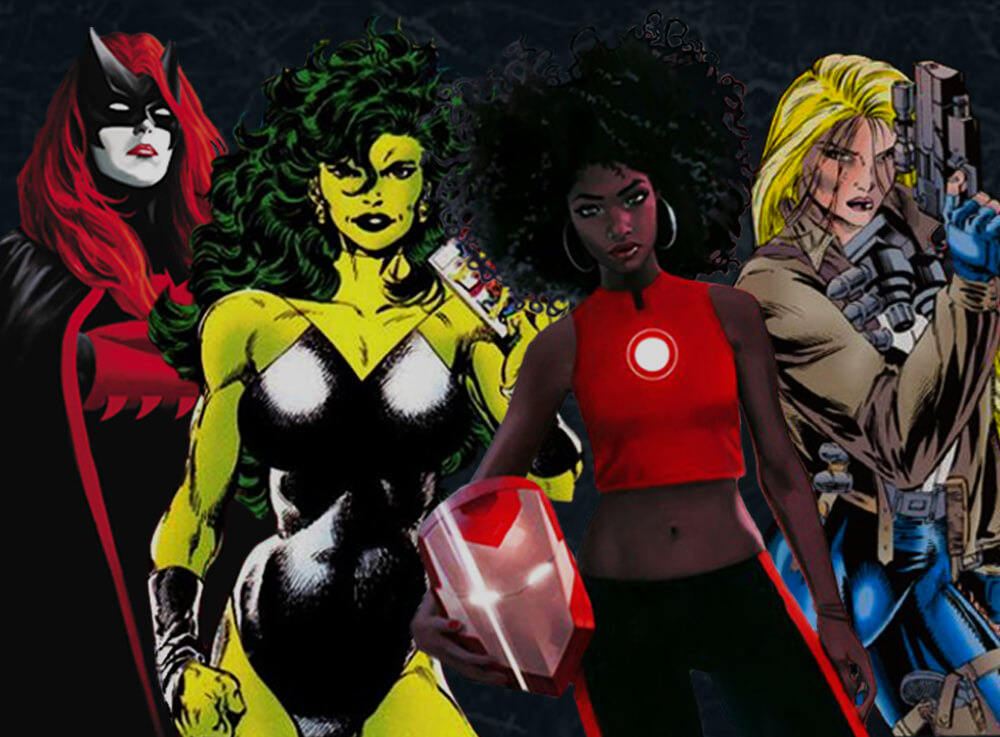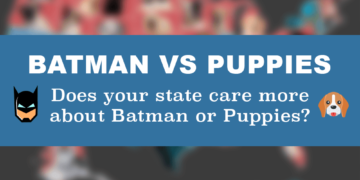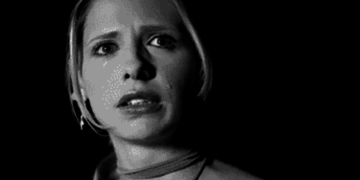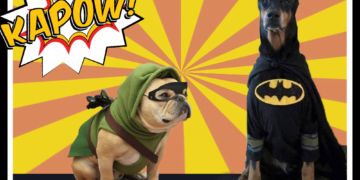
Patty Jenkins’ 2017 take of Wonder Woman on film broke so many barriers, it surprised everyone. After the fan controversy over having female Ghostbusters and a new Oceans movie being created with an entirely female cast, Wonder Woman’s success did something new: It shone a light on the gender inequality of the superhero world.
Yes, Wonder Woman is awesome and the film was great, but Wonder Woman is also one of only a few female superheroes who has an entire world that revolves around them.
Indeed, female superheroes exist, but their existences tend to be linked to one of the guys. Even those who are badass of their own accord. This can be by name (Spider-Woman, Supergirl), via romantic link (Batwoman), or that they were saved (Thor Girl, Lady Punisher). It’s kind of annoying. Check out this infographic we put together that shows how some female counterparts of superheroes came into existence.
Is it really so difficult to come up with the idea of a superhero who is wholly unique and just happens to have boobs—God knows, illustrators aren’t shy when it comes to those, but more on that later—and you know what else? What makes it hard? The misconception that pretty much all comic book readers are male?
Women exist for more reasons than just being there so they can be overly sexualized; stylized as their male counterparts with more skin on display and the atypical figure we’ve been conditioned to love and hate. I mean, what could be better than Psylocke—a woman whose “mutative” powers of telekinesis are glossed over in favor of tight-fitted bodysuits a la Baywatch (only purple)—being reduced to a background character on film?
We aren’t the first to point out the costumes illustrators choose and design for female superheroes. One of our favorite blogs—The Hawkeye Initiative—offers artists the opportunity to submit pictures of male superheroes recreating some legit sexy poses in sexy outfits from comics with females on the cover, and a reporter for The Guardian covered the fire Marvel came under for its 2014 Spider-Woman comic cover.
Girls read comics too and some of the female superheroes out there—X-23 and Ironheart being two exciting additions to the Marvel roster—show they can hold their own against the dudes. So what’s the delay?
Female superheroes shouldn’t have to be linked to a man in name, character, or romantic interest. I mean, how many male superheroes are created based on a female? It’s a product of toxic masculinity, which, in ways is exactly what superheroes are up against every day.






